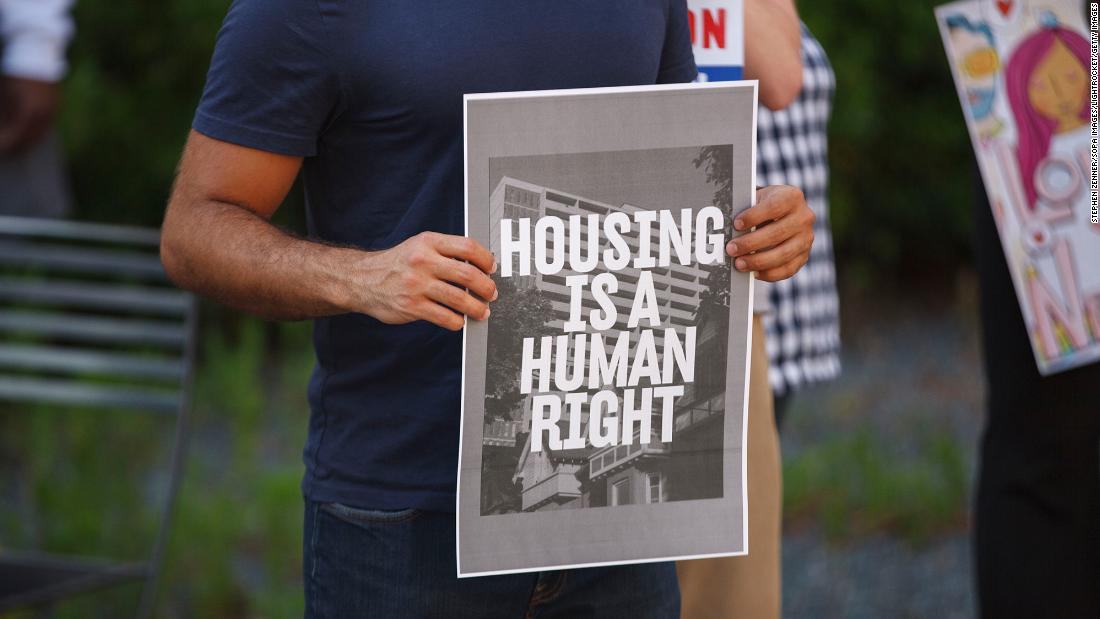
More than seven million Americans are behind on rent, according to the latest Census survey. And despite tens of billions of dollars in rental assistance approved by Congress, much of it has not been distributed by states and localities. If we're serious about addressing the issue of housing insecurity, we need a robust, multi-year, government-wide strategy to not only increase the supply of affordable housing, but also to ensure that low-income families can afford a place to call home. That's where housing vouchers come in.
The Housing Choice Voucher Program — the nation's largest rental assistance program — not only helps low-income families afford a home, but also gives those families a much greater choice of where to live. Vouchers sharply reduce homelessness and housing instability, prevent overcrowding, and they have lifted more than one million Americans out of poverty. But, due to chronic underfunding, just one in four eligible families receive federal rental assistance.
In his budget for 2022, President Biden proposed increasing the number of vouchers by 200,000 — to about 2.5 million. But to avoid future housing crises, we need a federal commitment to fund far more vouchers over the long term. As the President and Congress consider additional investments in economic recovery, housing vouchers should be a top priority.
Why are vouchers so important?
Currently, millions of low-income households spend more than half of their income on rent, often forcing them to choose between paying their bills and putting food on the table. These renters are often confined to overcrowded buildings and neighborhoods, leading to educational, developmental and health-related problems that disproportionately hurt children and elderly residents.
The voucher program currently helps more than two million low-income households afford decent and stable housing. Families that receive vouchers pay at least 30% of their income in rent, and the vouchers help cover the difference. Because vouchers go to households and aren't tied to particular housing units, families can use them to move to lower-poverty neighborhoods, which often have better schools, better job opportunities and better access to good health care. Children in these homes tend to be more likely to go to college, less likely to experience single parenthood, and earn more in wages as adults. In 2018, housing subsidies lifted 665,000 seniors out of poverty, which is more than any other federal program except Social Security.
With adequate multi-year funding, however, vouchers could do so much more.
If vouchers were given to every eligible person who pays more than half their income in rent, an estimated 24 million people — including nearly eight million children, nearly three million seniors, and more than four million people with disabilities — could benefit. By one estimate, giving vouchers to everyone who's eligible would lift nine million people out of poverty.
As we work to build back better, it's not enough to invest in rent relief and affordable housing construction. It's time we invest in a proven solution to the short- and long-term housing crises we're facing. It's time to fully fund the Housing Choice Voucher program and realize the fundamental truth that housing is a human right.
"term" - Google News
August 05, 2021 at 07:33PM
https://ift.tt/37jYtOz
Julián Castro: It's time to make a long-term investment in housing vouchers - CNN
"term" - Google News
https://ift.tt/35lXs52
https://ift.tt/2L1ho5r
Bagikan Berita Ini


















0 Response to "Julián Castro: It's time to make a long-term investment in housing vouchers - CNN"
Post a Comment